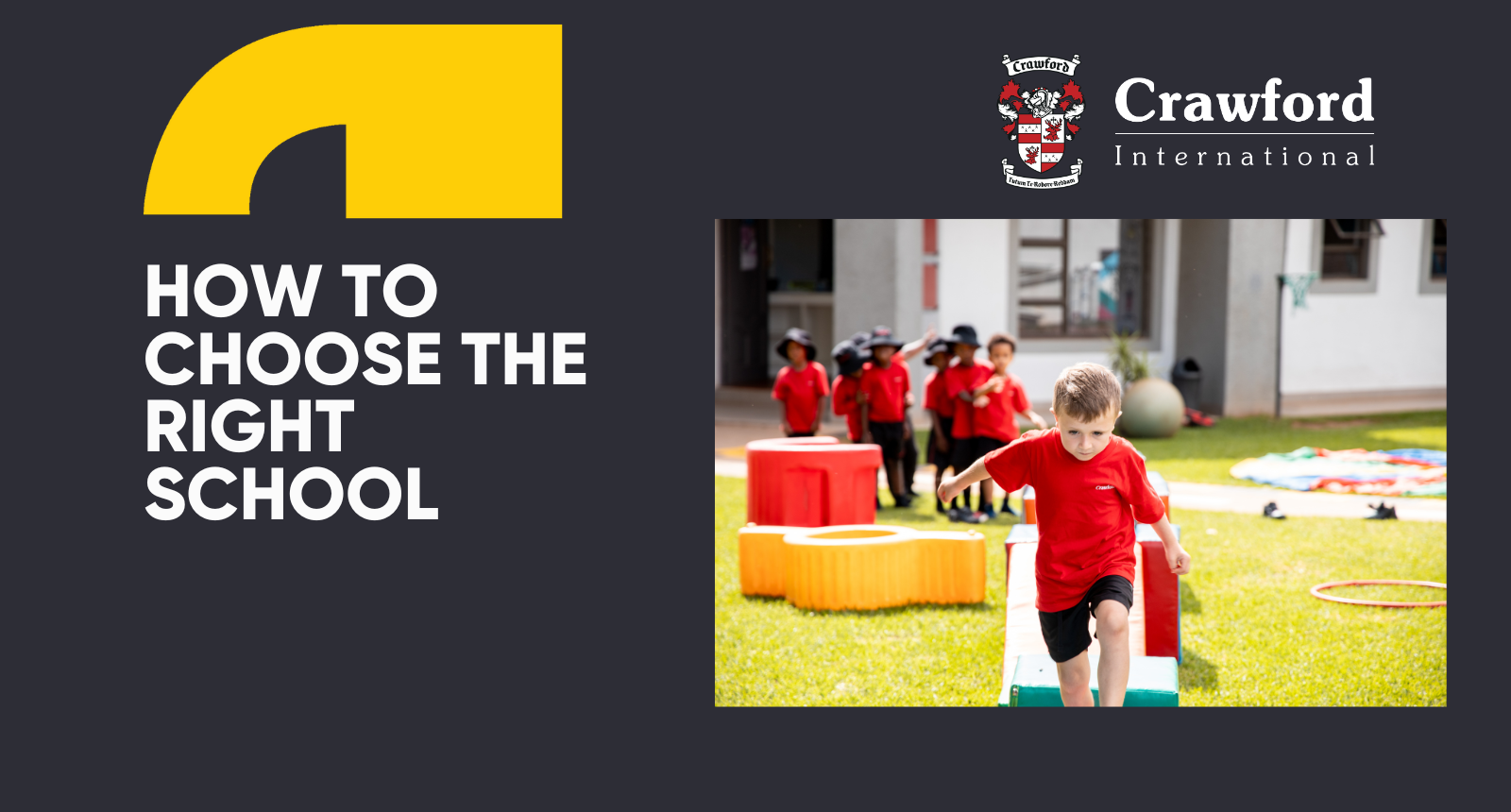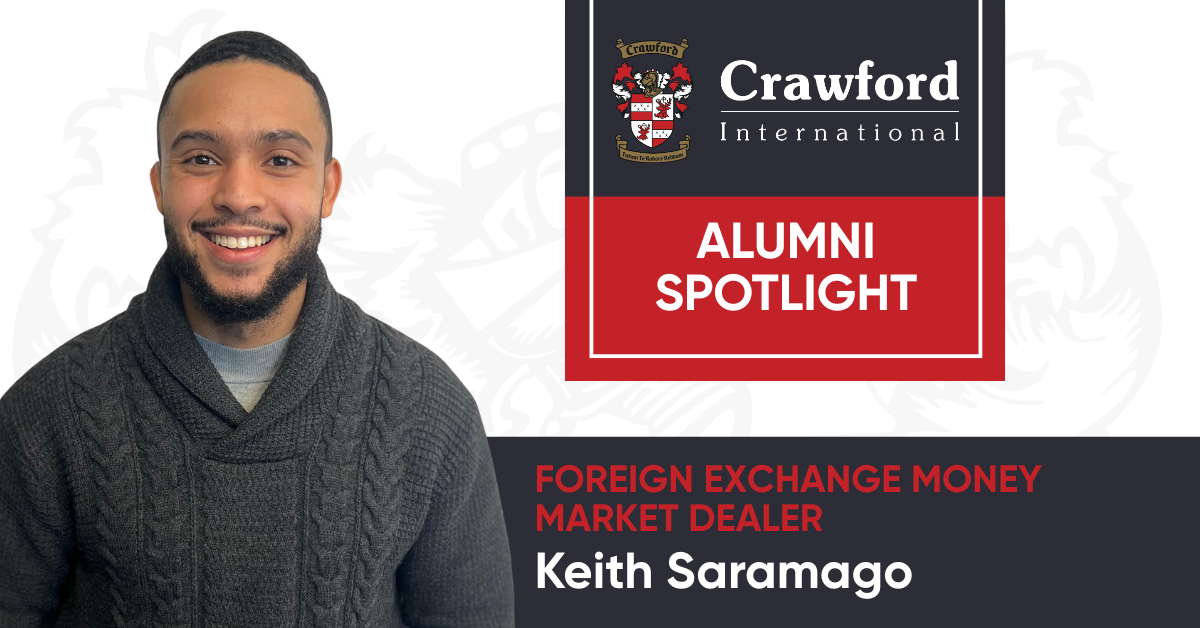Social-emotional learning activities for kids & teens
May 21, 2025
Hands-on, practical activities to build on your child’s EQ strengths and skills.

Social-emotional learning (SEL) plays a vital role in preparing young people not only for academic success but also for their broader participation in society. It equips children and teens with the ability to understand and manage emotions, build meaningful relationships, and make considered decisions. At Crawford International, SEL is embedded throughout the educational journey, ensuring students develop the emotional resilience and interpersonal awareness required in an increasingly complex and connected world.
What is Social-Emotional Learning?
Social-emotional learning refers to the structured process by which individuals acquire the competencies to manage emotions, establish positive relationships, and make responsible decisions (CASEL, 2020). SEL extends across five interrelated domains: self-awareness, self-management, social awareness, relationship skills, and responsible decision-making. These are not peripheral skills; they are foundational to academic achievement, mental health, and social inclusion.
In the South African context, where learners often contend with socio-economic adversity, SEL provides a stabilising framework that supports wellbeing and academic performance (Department of Basic Education, 2022). SEL contributes to reducing behavioural challenges, enhancing classroom engagement, and promoting long-term societal participation.
Why is SEL Important for Children and Teens?
The importance of social-emotional intelligence in youth development is widely recognised. Research conducted in both global and South African settings confirms that SEL supports academic outcomes, reduces anxiety, and fosters inclusive school climates (OECD, 2021; Burton & Mutongwizo, 2009). In environments marked by inequality or trauma, such as those experienced in various South African communities, SEL becomes even more significant.
Crawford International’s integration of SEL ensures that students receive continuous support through tailored programmes, school counselling, and age-appropriate classroom strategies. These initiatives are aligned with global best practices while remaining responsive to local realities.
Activities for Developing Self-Awareness
Self-awareness involves recognising one’s emotions, values, strengths, and limitations. It is the foundation of emotional regulation and decision-making.
Structured activities to build self-awareness include:
- Emotion Journals: Students record emotional experiences and reflect on the causes and impacts of their emotions. This encourages introspection and enhances emotional vocabulary.
- Personal Values Mapping: Students identify their core values and consider how this influences their daily choices.
- Identity Projects: Activities like ‘Who am I?’ collages or narrative essays help learners articulate their self-concept and cultural identity.
These practices are embedded in various learning experiences, with Pre-Primary students engaging through play and expression, and College students reflecting through guided writing and dialogue.
Activities for Improving Self-Management
Self-management refers to the ability to regulate emotions, thoughts, and behaviours in different situations. It includes managing stress, motivating oneself, and exercising self-discipline.
Key activities for self-management include:
- Mindfulness and Breathing Exercises: These are introduced through brief, consistent practices to help students build emotional regulation and mental clarity.
- SMART Goal Setting: Students learn to set specific, measurable, attainable, relevant, and time-bound goals, cultivating ownership of their personal growth.
- De-escalation Techniques: Particularly for younger students, role-play and visual aids are used to practise calming responses to frustration or anger.
At Crawford, these skills are reinforced through routine, classroom culture, and teacher modelling. Support staff and counsellors also play a critical role in helping students apply these techniques in real-time contexts.
SEL Activities Across Developmental Phases
SEL must be adapted according to developmental readiness at home and at school.
Pre-Primary age students:
- Emotion cards to identify and label feelings
- Cooperative games to build empathy and turn-taking
- Storytime discussions to explore social interactions and moral reasoning
Preparatory age students:
- Role-play scenarios involving conflict resolution or ethical dilemmas
- Emotion charts and reflection logs to promote self-awareness
- Class agreements to co-create respectful learning environments
College age students:
- Peer mentoring programmes that promote relational support
- Guided group discussions on digital citizenship, social pressure, and emotional wellbeing
- Digital wellbeing curriculum addressing boundaries, screen time, and online interaction
Incorporating e-learning tools, including AI-powered platforms, has allowed SEL at Crawford to become more data-informed. Behavioural trends can be monitored through digital feedback systems, enabling early interventions and personalised support strategies.
Social-emotional learning is not a peripheral aspect of education; it is an essential framework for fostering emotionally intelligent, ethically grounded, and socially capable individuals. In South Africa, where students often navigate complex social environments, SEL offers a stabilising influence that supports equity and inclusion.
At Crawford International, we champion an approach to education that integrates academic rigour with social-emotional insight. Through carefully designed activities across all phases, supported by EdTech, Trulife and experienced teachers, we cultivate not only capable students but compassionate citizens.












